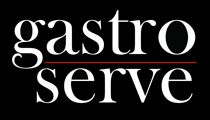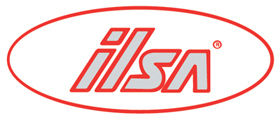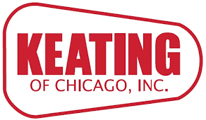Kitchen Considerations for Adding or Expanding Your Chicken Menu
Serving Chicken? Read our tips on Sourcing Product
February 15, 2022The Limitless Possibilities of a Chicken Menu
February 15, 2022
If you’re looking to add chicken to the menu, there are two basic paths you can follow: Integrate chicken into your current food/store concept, or feature it as a special item, delivery-only, or even a virtual brand. That choice will guide your decisions on what products, equipment, accessories and supplies you will need to source.
Operations and process
It doesn’t take a lot of space to have a safe and efficient chicken “program” generating profits all day long. In many cases, the only reconfigured space will be the raw prep and breading areas for chicken, which need to be separate to avoid cross contamination. Refrigeration should be reorganized to keep fresh chicken separate from other ingredients. Depending on your concept and volume, you may want to add a separate chicken-only refrigerator or freezer. As with your existing operations, raw product should flow directly from prep to cooking, holding and packing.
Where does it go, how does it flow?
Get very familiar with the equipment you plan to purchase. Be certain you have accounted for all dimensions and clearances. It is easy to overlook things like door swings. Don’t.
Raw ingredients and proteins should always flow from refrigeration to prep to cook to service.
When adding poultry to existing production, keep raw product prep and handling separate from other ingredient prep areas. Install additional hand wash and/or double sinks where possible.
If your new chicken menu will be mostly pick up or delivery, locate additional holding and packing near egress or delivery entrance.
Throughput
The measure of the efficiency of your chicken program is throughput—how many servings in what amount of time.
A multi-bank open fryer increases throughput by letting you cook different chicken products at the same time.
Team combis—two cooking chambers stacked vertically and controlled separately— accomplish the same thing.
A holding cabinet also improves throughput by leveraging the production of any number of vats by letting you cook ahead of time.
If you plan to feature one main item—bone-in fried chicken or whole rotisserie birds, for example—go for capacity over flexibility. That means the largest pressure fryer you can find and/or one big combi oven with a roll-in cart.
When kitchen space is tight (always), you will also want to think in terms of capacity to footprint. Instead of adding a two-vat fryer in a different spot, you may want to rearrange things a little and replace your old single vat fryer with a three-vat fryer. You’ll save space and get that third vat’s worth of efficiency and oil savings. A combi oven can replace multiple pieces of equipment. A Team Combi doubles your capacity and versatility from the same floor space. A half-size holding cabinet can fit under a counter.
Aside from optimizing your kitchen layout and processes, there is a lot more to implementing a profitable chicken program. As a foodservice operator, where do you begin?
Sourcing to Serving is a step-by-step planning guide from our chicken experts that will help you make key decisions about:
Menu and operations
Sourcing product and equipment
Installation, start-up, maintenance
After-sales service and support
Click here to download Sourcing to Serving for FREE and get 22 pages packed with everything you need to know about adding chicken to your menu.
The post Kitchen Considerations for Adding or Expanding Your Chicken Menu appeared first on Henny Penny.
Source: https://www.hennypenny.com/the-latest/blog/
Our Brands









